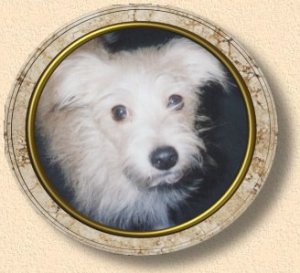trying not to let you either bend over more or continue to life the heavy object. There are sensors that can determine when the work "load" of the joint (the back) is exceeded and damage to the muscle or discs of the back could occur.
Because the muscle is in spasm, there has to be an alignment issue because the muscle is shorter than normal and the ends of the muscle are attached to bone! However, it is hard to determine if the initial bony misalignment caused the muscle to go into spasm or the initial muscle spasm pulled the bone into misalignment.
When a muscle is in spasm, the tissue feels "hard" compared to other muscle. Minute circulatory changes occur and there are chemical changes that take place at the cellular level. One may receive tissue massage to "release" the spasm and stimulate circulation thus changing the chemical balance back to normal or one may use chemicals such as muscle relaxers to override the sensors and force the muscle to relax. The first procedure is non-invasive and the second procedure is considered invasive because chemicals are introduced into the body. Dr. De Grasse uses both procedures when indicated.
What is massage therapy?
Massage therapy is the application of techniques performed with the hands to the body; whether it is an animal or human body. Other objects such as hot stones may be used instead of the hands but with regards to the animal, Dr De Grasse feels the direct and therapeutic touch of another "living" being provides the greatest degree of healing. The art of massage therapy consists of many different techniques utilized to relieve muscle spasms, remove trigger points (hard, painful areas within a muscle) and to increase the circulation of blood. Toxins can be removed from the body as the circulation is increased, lymph edema (swelling in the tissues of the body) can be reduced and organ function can be enhanced with specialized methods such as reflexology.
Muscle tension can be reduced with massage therapy and the animal's stress level or pain level can be addressed without the potential side effects of some medications that are used. The potential toxicity of medications to the liver or kidney can be avoided and this may be an important factor with the very young animal with an immature immune system, the diabetic animal with a compromised metabolism or the animal with sensitivities or allergies.
The reduction of a muscle spasm returns the muscles to the correct length and assists the animal to "hold" his chiropractic adjustment. The spinal alignment is balanced when the muscles that attach to the bones are "equal" (of the same length) and not in spasm (shorter in length). When there is spinal alignment there is a symmetry to the animal's body. This symmetry is a reflection of the complete grace of movement. That is well being!
